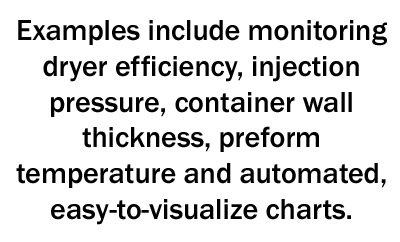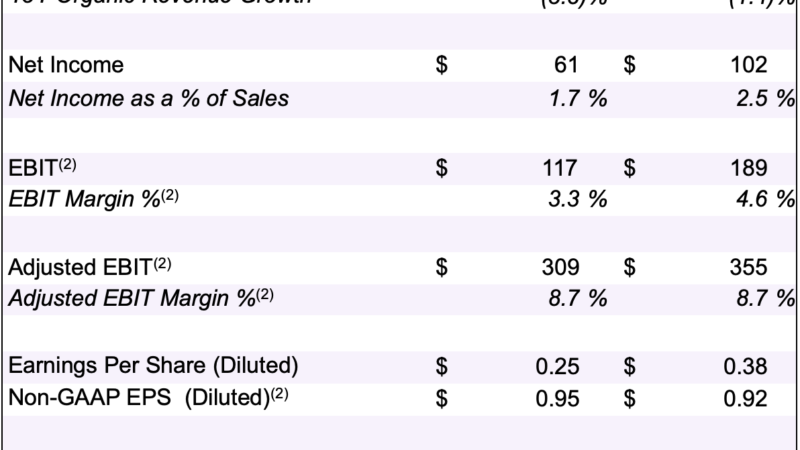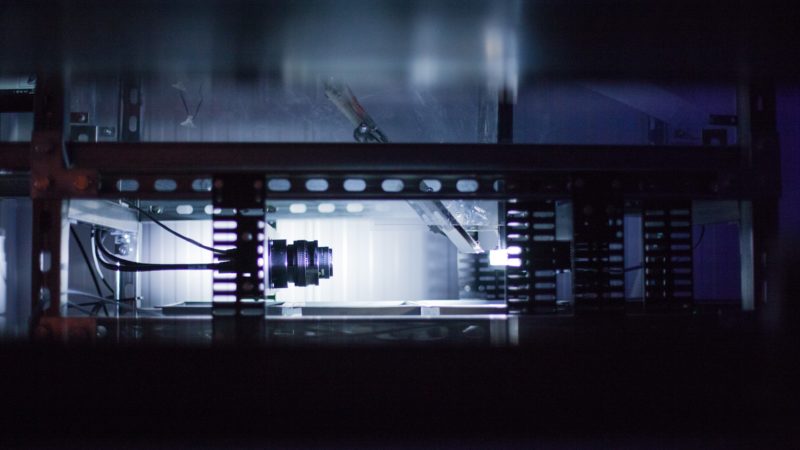Harnessing technology to improve your operation – Plastics Today
We all know what it’s like to purchase a new smart phone or other consumer electronic because we were attracted to embedded technology that makes our daily chores less burdensome. It could be its ability to switch on the washer/dryer remotely or make sure your home temperature is already to your liking when you return from a hard day’s work. Technology worn on your wrist can also provide lifesaving features such as a heart rate monitor that can tell you if you are in atrial fibrillation. It is not that the camera, washer or heart rate monitor were not previously available, but now they are user friendly, compact, easily accessible and provide fingertip data feedback, without an elaborate setup. 
But we all know what happens. Oftentimes, the “shiny object” that drew you to the purchase to begin with, fades into the background to the point that you even forget you have that capability. Not only does this happen in your personal life, but it most likely occurs during your working hours.
Now is the time to take inventory of the technology and tools available to you and leverage them to make improvements to your operation. Here are just a few categories and types for you to revisit that can help you improve efficiencies.
Online training for standard onboarding processes
One of the biggest challenges facing companies today is retaining their existing workforce and also finding the right people to fill current job openings. To help achieve those objectives, employers have to be excellent communicators and forward thinking in adopting technology that can also retrain the workers to handle emerging requirements.
One way of approaching this challenge is by creating a secure online site for your employees that can provide continuous, on-demand knowledge. This could include key training elements, detailed process steps and sharing of other job-critical material. Providing on-demand access can save you both time and money while improving your employees’ performance.
Automation
What automation tools do you have at your disposal? As you begin to fully harness the power of automation in certain areas of your workflow, think about how you can redeploy employees into new areas that you did not have the resources to address previously.
3D Printing
Have you considered pushing the boundaries of 3D printing beyond prototyping? How about using the technology to create molds, marketing samples and even production parts. Again, think out-of-the box to find additional uses for technology already at your disposal.
Production monitoring systems
Production monitoring systems can also be effective tools to free up employee time and retrain them for other essential or newly-charted activities.  Examples include monitoring dryer efficiency, injection pressure, container wall thickness, preform temperature and automated, easy-to-visualize charts. They can help identify not only which items went out of specification (outliers) but also when the event occurred so that appropriate batches can be isolated in case it happened in the middle of the night and no one was there to put the system back on track. Harnessing the data provided by these monitoring systems can also have a dramatic impact on your profitability.
Examples include monitoring dryer efficiency, injection pressure, container wall thickness, preform temperature and automated, easy-to-visualize charts. They can help identify not only which items went out of specification (outliers) but also when the event occurred so that appropriate batches can be isolated in case it happened in the middle of the night and no one was there to put the system back on track. Harnessing the data provided by these monitoring systems can also have a dramatic impact on your profitability.
Virtual simulation
If you aren’t using virtual simulation to speed up your design process, you really should consult experts in the field to determine how to incorporate such technology in your workflow. This can help you quickly determine modifications in a bottle or preform design that can positively impact the production process. Tweaking a design virtually can take significant time out of the development process and save thousands of dollars in production costs in addition to being more robust and a well-iterated solution.
These are just a few tools at your disposal. Do an inventory of your own operation to discover what underutilized technology might be just around the corner.
Author: Sumit Mukherjee is the chief technology officer of PTI. He has 25 years of experience in preform and container design, materials characterization, process simulation and modeling, and finite element analysis (FEA) for package performance prediction.
About PTI: The company is recognized worldwide as a reliable source for preform and package design, package development, rapid prototyping, pre-production prototyping, and material evaluation engineering for the plastic packaging industry.
For more information: www.pti-usa.com.
Image courtesy Gorodenkoff/Adobe Stock






